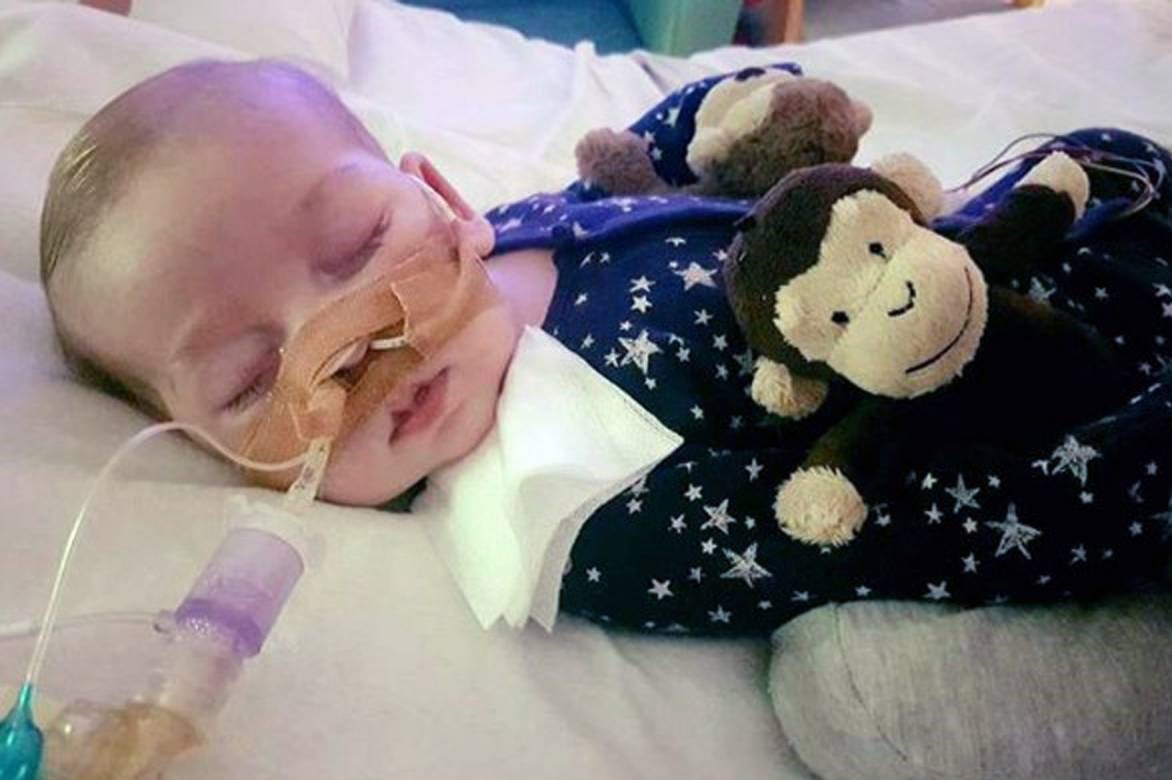
Pediatric Glasgow Coma Scale: which GCS indicators change in the paediatric coma scale
In cases where an adult patient with a brain haemorrhage arrives in the emergency department unconscious or with significant neurological changes, a table called the “Glasgow Coma Scale” is used to assess the severity of the situation
If the patient is less than 5 years old, a modified version of this table is used, called the ‘Pediatric Glasgow Coma Scale’
Like the scale used in adults, each type of stimulus (assessed taking into account the child’s age) is given a score, and the sum of the three scores constitutes the GCS index.
An alternative scale to the Glascow Scale, simplified and used by rescuers, is the AVPU Scale.
Eye response
1 – None
2 – To pain
3 – To speech
4 – Spontaneous
Verbal response
1 – None
2 – Shouting
3 – Sounds
4 – Words
5 – Oriented
Motor response
1 – None
2 – Extension to pain
3 – Flexion to pain
4 – Retraction to pain
5 – Localisation to pain
6 – Able to obey commands
Pediatric Glasgow Coma Scale indicators and different ages of the child
In the first 6 months
The usual verbal response is screaming, some children give verbal responses during this period.
The expected normal verbal score is 2.
The best motor response is bending.
The expected normal motor score is 3.
From 6 to 12 months
The normal child makes noises: the expected normal verbal score is 3.
The child usually localises pain but does not obey commands: expected normal motor score 4.
From 12 months to 2 years
Recognisable words are expected: normal expected verbal score is 4.
The child usually localises pain but does not obey commands: normal motor score expected is 4.
From 2 years to 5 years
Recognisable words are expected: normal expected verbal score is 4.
The child usually obeys commands: normal motor score expected is 5.
After 5 years
Orientation is defined as awareness of being in hospital: normal expected verbal score is 5.
Differences lie only in verbal responses, which in children cannot be scored as in adults.
Pediatric Glasgow Coma Scale: points are assigned to each type of stimulus and the sum of the three scores constitutes the GCS index
The index can range from a minimum of 3 (in the case of E1 V1 M1, indicating deep coma) to a maximum of 15 (in the case of E4 V5 M6 indicating an awake, conscious patient).
Generally, brain injuries are classified as:
- of high severity: with GCS ≤ 8
- moderate severity: GCS 9-13
- of lesser severity: GCS ≥ 14
A child with a GCS less than or equal to 8 is considered severe and has a lower chance of recovery and survival.
Alternatively, this index can be expressed in analytical form (EVM) with the three separate scores, such as: E3 – V4 – M3 indicating a patient with moderate severity.
Read Also:
Emergency Live Even More…Live: Download The New Free App Of Your Newspaper For IOS And Android
Post-Arrest Temperature Management In Children
Cincinnati Prehospital Stroke Scale. Its Role In Emergency Department
How To Rapidly And Accurately Identify An Acute Stroke Patient In A Prehospital Setting?
Cerebral Haemorrhage, What Are The Suspicious Symptoms? Some Information For The Ordinary Citizen
ABC, ABCD And ABCDE Rule In Emergency Medicine: What The Rescuer Must Do
Rapid Blood-Pressure Lowering in Patients with Acute Intracerebral Hemorrhage
Tourniquet and intraosseous access: massive bleeding management
How to rapidly and accurately identify an acute stroke patient in a prehospital setting?
Glasgow Coma Scale (GCS): How Is A Score Assessed?


